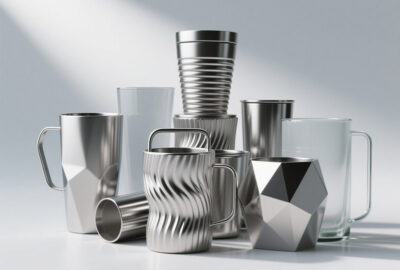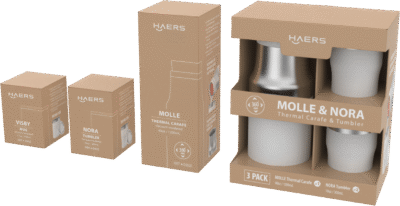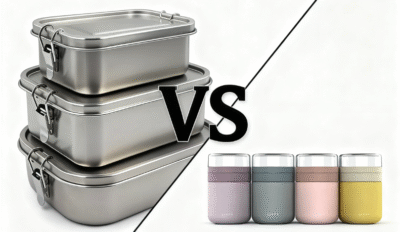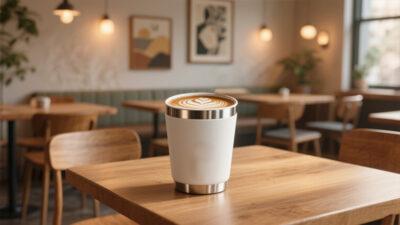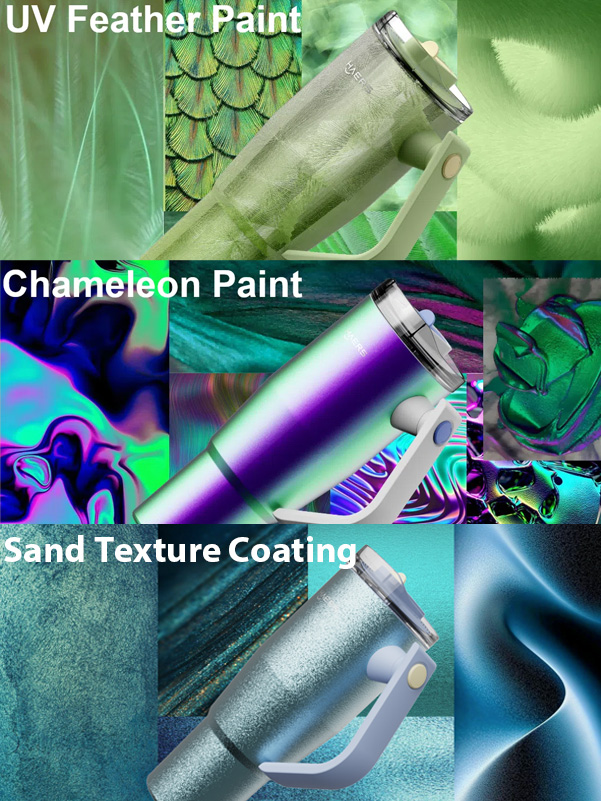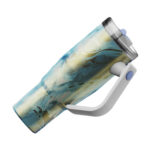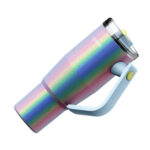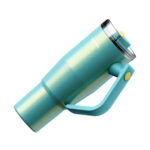Is Tritan Material a Type of Plastic?
Many people wonder: Are plastic bottles really safe? Could they release harmful substances? And does a “food-grade” label always guarantee trust? These questions often come up when choosing water bottles, baby products, or even food containers
Then Tritan plastic was created to address exactly these concerns by Eastman Chemical Company in 2007. With its glass-like clarity, high durability, and freedom from controversial chemicals such as BPA, it has quickly gained popularity worldwide
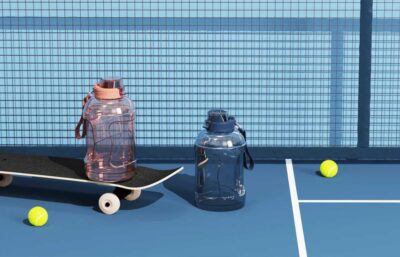
Table of Contents
ToggleIs Tritan Plastic?
Tritan is a type of plastic, it’s a copolyester developed by Eastman Chemical Company that Haers is working with. but not the ordinary kind of plastic most people think of. It belongs to a new family of copolyesters designed to be safer and more durable than traditional plastics. At first glance, products made from Tritan look almost like glass because of their high clarity, yet they are much lighter and far more resistant to breaking.
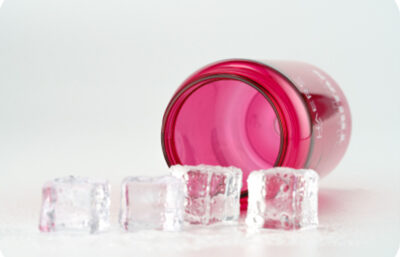
Another big advantage is heat resistance. Unlike many common plastics that may warp or release substances when exposed to hot water, Tritan plastic can handle boiling water without losing its shape or quality. This makes it especially practical for baby bottles, sports bottles, and food containers that often come into contact with hot liquids or need frequent sterilization.
In short, Tritan plastic combines the best of both worlds: the beauty and transparency of glass, with the toughness and convenience of plastic. That’s why more and more brands are turning to Tritan plastic as their material of choice, especially for children’s water bottles.
Is Tritan Safe?
One of the biggest concerns people have about plastic is the potential release of harmful chemicals, especially BPA (Bisphenol A). Studies have shown that BPA can leach into food or drinks from certain plastics, raising health worries over the years. That’s why many parents and health-conscious consumers look for alternatives.
Tritan was developed to solve this problem. It is completely free of BPA, BPS, and other bisphenols, which are the most controversial substances linked to plastics. To back this up, Tritan plastic has passed multiple safety tests from international agencies, including the U.S. Food and Drug Administration (FDA) and European standards for food-contact materials. These tests confirm that Tritan does not release harmful chemicals under normal use, even with hot water or repeated washing.
Because of this, Tritan plastic has become especially popular in baby products, where safety is the top priority. Parents can feel more confident knowing that bottles and containers made from Tritan are designed with health in mind.
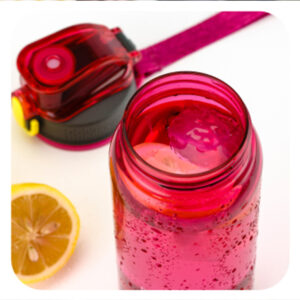
How is Tritan Different from Ordinary Plastic?
At first glance, Tritan might look like just another clear plastic, but it has several qualities that set it apart from common materials like PET, PP, or PC:
- Crystal-clear appearance – Unlike many plastics that can look cloudy or turn yellow over time, Tritan plastic stays clear and shiny, almost like glass.
- Durability – Ordinary plastic bottles may crack or get brittle after long use, but Tritan plastic is impact-resistant and built to last.
- Heat resistance – Many plastics deform or release chemicals when exposed to hot liquids. Tritan can handle boiling water, dishwashers, and repeated sterilization without losing its quality.
- Longer lifespan – Because it resists scratches, odors, and stains better than regular plastics, Tritan products often last longer and stay looking new.
In short, Tritan combines the clarity of glass, the toughness of plastic, and the safety of BPA-free materials—something that ordinary plastics cannot offer all at once.
How do we use Tritan Material for Water Bottles?
Tritan is used in a wide range of applications, including wine glasses, water bottles, flasks, teapots, coffee pots, etc, not only the bottle body, but also some accessories on the bottle lid or straw are made with Tritan.
We can see that Tritan’s exceptional clarity, toughness and safety make it a go-to material across virtually every part of a bottle or drinkware item. In practice, we use Tritan in the bottle industry in ways such as:
-
Bottle bodies: Main vessels for water bottles, sports bottles and flasks, where its glass-like transparency and impact resistance shine.
-
Lids and caps: Screw-tops, snap-on lids and spout covers that need to withstand repeated opening/closing without cracking.
-
Straws and straw fittings: Rigid or flexible straws molded in one piece, plus the straw grommets and clips that hold them in place.
-
Pour-over and infuser inserts: Tea or fruit infusers and drip-free pour spouts for coffee pots and teapots, combining chemical inertness with heat resistance.
-
Measurement markings: Molded or printed gradations on the side of bottles and flasks for precise dosing, thanks to Tritan’s dimensional stability.
-
Handles and grips: Side-mounted handles and ergonomic grip zones that resist yellowing and stay comfortable in hand.
-
Windows and viewing panels: See-through sections in larger jugs or canisters, where users need to monitor contents at a glance.
-
Decorative and color-fill components: Colored sleeves, logo insets and accent rings that bond well to Tritan without peeling.
Tritan material has excellent abrasion resistance and is easy to clean, and it is not easy to stain with stubborn dirt. That’s why Tritan material becomes the top choice for baby bottles and kids’ water bottles in the wholesale market.
Tips for Choosing and Using Tritan Water Bottles
If you want to enjoy the benefits of Tritan water bottles safely and for a long time, here are a few practical tips:
Check the label – Look for products that clearly state they are made from Tritan. Reputable brands will usually highlight this on packaging or product descriptions.
Buy from trusted sources – To avoid low-quality imitations, choose well-known brands or certified suppliers.
Use properly – Tritan is heat-resistant, but avoid exposing it to extreme conditions like microwaving for long periods or leaving it in direct sunlight for days.
Clean with care – Hand washing with mild soap is ideal, but most Tritan products are dishwasher safe. Avoid strong chemicals or abrasive brushes that can scratch the surface.
Replace when needed – Even though Tritan is more durable than ordinary plastics, it’s still a plastic. If you notice cracks, cloudiness, or strong odors that don’t go away, it’s time to replace it.
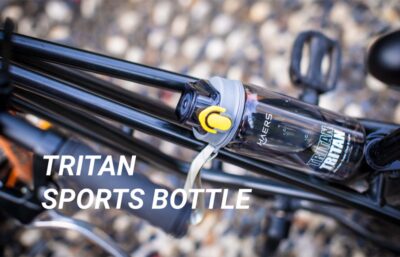
By following these simple steps, you can make sure your Tritan bottles, containers, or baby products stay safe, clean, and long-lasting.
Related article:


